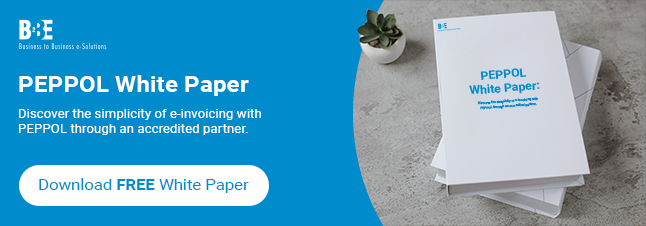Delays, mistakes, bottlenecks, and additional costs are common issues faced by companies when it comes to traditional paper-based invoicing. They prevent financial operations from functioning smoothly and create instability within a fiscal year. In contrast, e-invoicing is an automated alternative that can bring efficiency to a company. Let’s explore the advantages of electronic invoicing and how it can reduce late payment fees.
What are the advantages of electronic invoicing?
Electronic invoicing provides a range of advantages, including:
- Improved accuracy and reduced errors
- Reduction of late payment fees
- Faster invoice processing and payment cycles
- Enhanced invoice matching and automation
- Cost savings and environmental benefits
- Better reporting and analytics
We explore each of these in more detail below.
Improved Accuracy and Reduced Errors
Electronic invoicing automates data entry and integrates directly with accounting systems, significantly reducing the risk of errors. Automated validation checks ensure that the information is accurate and consistent, helping maintain high standards and reducing the likelihood of costly errors.
Reduction of Late Payment Fees
Faster invoice processing through e-invoicing ensures that invoices are approved and paid on time, reducing the risk of incurring late payment fees. This timely processing also helps maintain good relationships with suppliers and can even provide opportunities for early payment discounts, further enhancing financial benefits.
下面请观看我们的视频综述:
Faster Invoice Processing and Payment Cycles
Electronic invoicing removes the need for physical document handling and postage. E-invoices are delivered instantly and can be processed and approved more quickly, leading to faster payment cycles and improved cash flow. This efficiency is particularly beneficial for businesses looking to optimise their working capital and maintain healthy cash reserves.
Enhanced Invoice Matching and Automation
The matching process includes electronically cross-referencing invoices with corresponding purchase orders and delivery receipts. This automation ensures accurate matching and significantly reduces the time and effort required for manual reconciliation. As a result, businesses can streamline their accounts payable processes and improve overall operational efficiency.
Cost Savings and Environmental Benefits
Digitalising the invoicing process through electronic invoicing reduces paper usage and the carbon footprint associated with mailing physical documents. These cost savings can be substantial over time, improving the bottom line and supporting corporate social responsibility initiatives.
Better Reporting and Analytics
Real-time access to invoice data, enabling better tracking and analysis are useful for businesses. Stakeholders can then generate detailed reports on invoice statuses, payment cycles, and overall financial performance, facilitating informed decision-making. Advanced analytics tools can also identify trends and opportunities for further process improvements, driving continuous optimisation.
Conclusion
Electronic invoicing offers a host of advantages that can transform your invoice processing, reduce costs, and improve financial accuracy. By automating the invoicing process, businesses can enjoy faster processing times, fewer errors, and significant cost savings. Additionally, e-invoicing helps avoid late payment fees, enhances compliance, and provides valuable insights through advanced analytics.
Learn more about B2BE’s 供应商电子发票 和 客户电子发票 解决方案
About B2BE
B2BE delivers electronic supply chain solutions globally, helping organisations to better manage their supply chain processes, providing greater levels of visibility, auditability and control. We’re driven by a passion for what we do, inspired by innovation, and underpinned by a wealth of knowledge. With over 20+ years of experience, the B2BE teams operate worldwide.
欲了解更多信息,请访问www.b2be.com。

